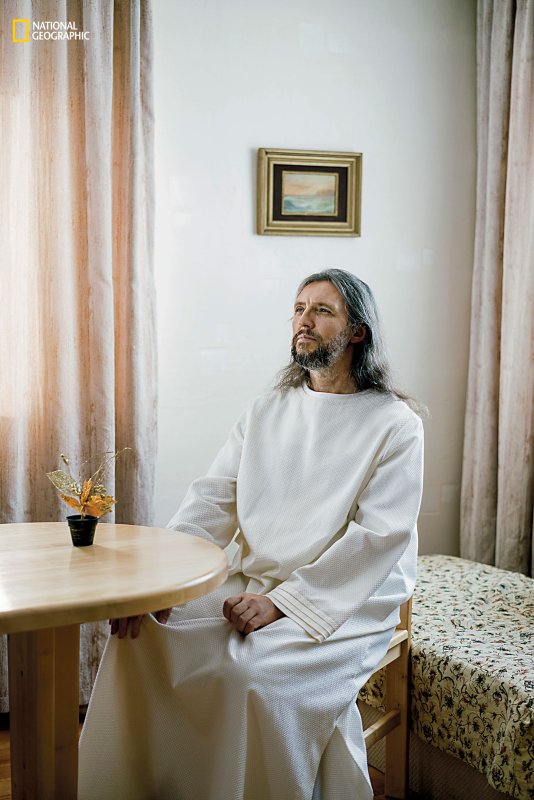For three years, photographer Jonas Bendiksen followed seven men who claim to be the next Messiah, or Second Coming of Christ. Five of those men are shown in a new photo gallery that can be found in the August issue of National Geographic magazine.
Bendiksen, who admits in the piece that he not a very religious person, immersed himself in these men’s revelations and communities. He also spent time with their disciples. He hopes his images illustrate the “human longing for faith, meaning, and salvation.”
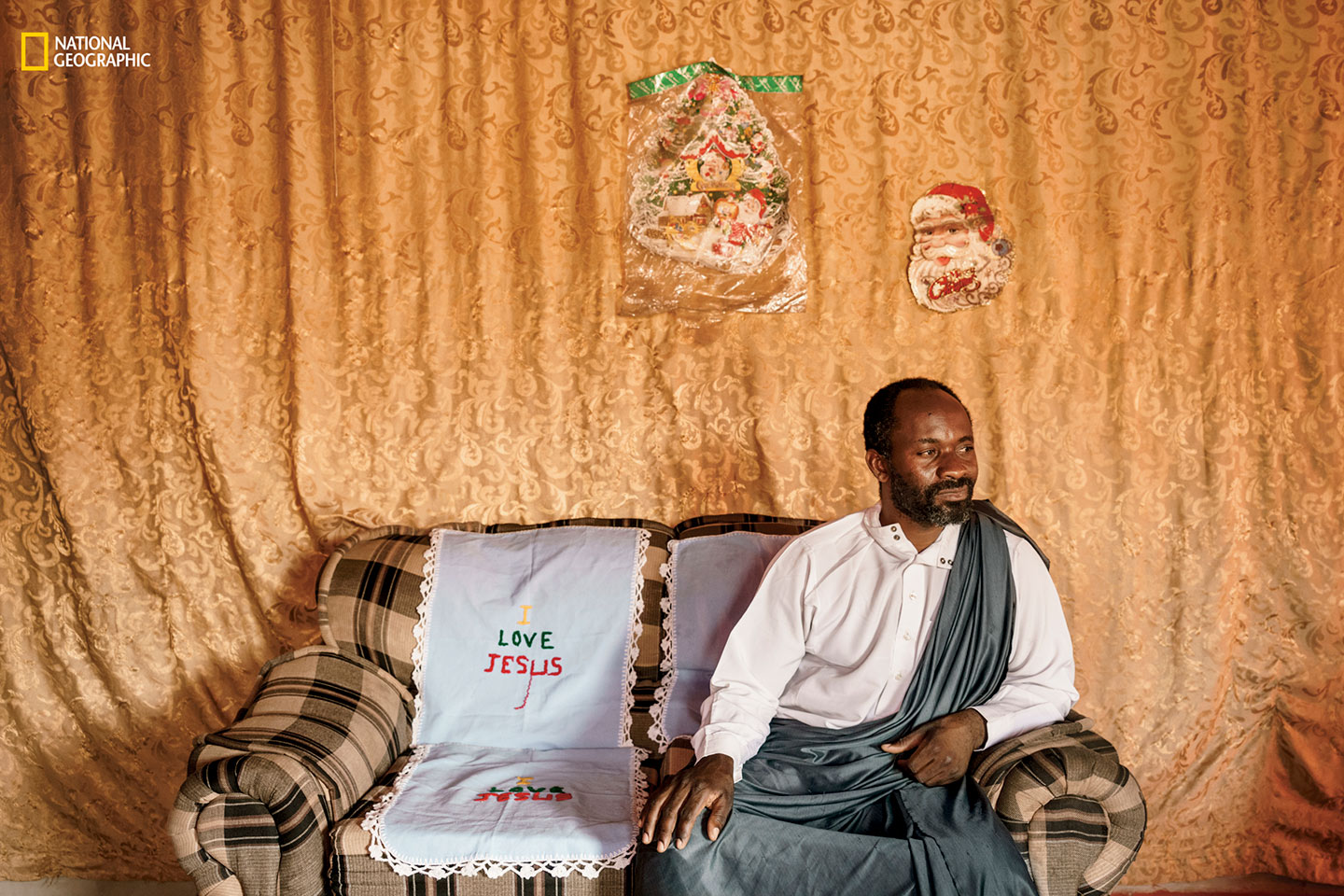
Jesus of Kitwe also known as Parent Rock of the World, Mr. Faithful, Mr. Word of God. Bupete Chibwe Chishimba sits on a sofa in his home in Kitwe, Zambia. This messiah goes by several names, but his disciples refer to him simply as Jesus. He spends his days driving a cab, spreading the gospel, and preparing the world for the Kingdom of God. (Jonas Bendiksen/National Geographic/Magnum Photos)
jonas bendiksen
The men who claim to be the Second Coming are spread across the world. In South Africa, Moses Hlongwane says that God identified him as the Messiah during a dream back in 1992. He has about 40 disciples.
In Russia, Vissarion had a revelation around the same time that the Soviet Union collapsed. He has at least 5,000 followers now, who have built their own schools, churches, and society. They are all vegetarians and span across five villages. Meanwhile, Bupete Chibwe Chishimba is in Kitwe, Zambia, though his disciples refer to him as Jesus. Then there is Iesus Nazarenus Rex Iudaeorum in Brazil and Jesus Matayoshi in Japan.
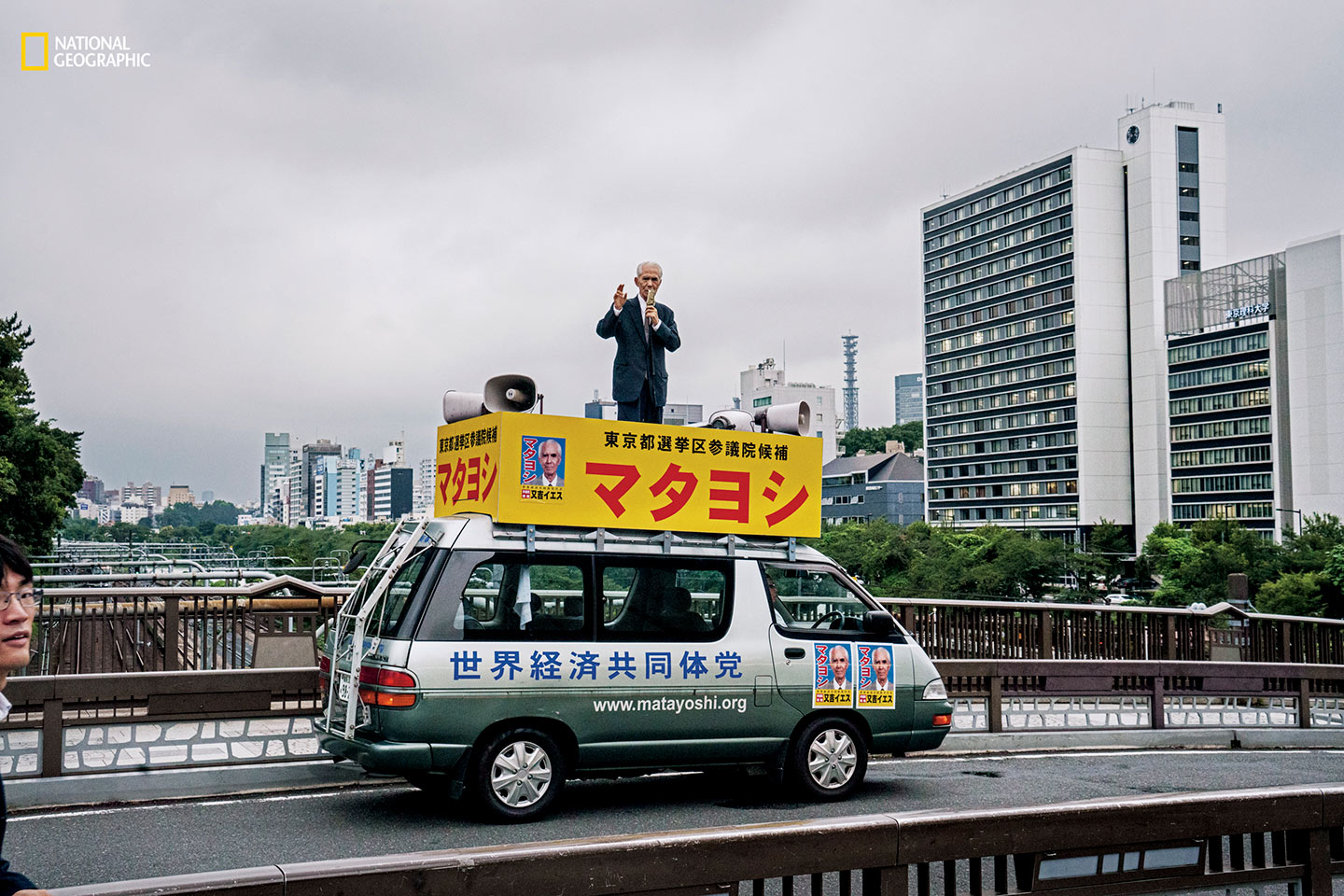
Atop a van in Tokyo, Jesus Matayoshi delivers a fiery sermon as part of his campaign for a seat in the House of Councillors, instructing opponents to commit suicide and threatening hellfire upon transgressors. During two weeks of campaigning in 2016—he’s run in many elections over the past two decades—he drove around Tokyo, spreading his message. Many people ignored him, but he did garner 6,114 votes. Mitsuo Matayoshi was born in Okinawa in 1944. In 1997 he founded the World Economic Community Party, which bases its policies on his identity as Jesus Christ reborn. Jesus Matayoshi says his goal is to bring about the End of Days via the democratic political process, eventually occupying the post of United Nations secretary-general and instituting the will of God on Earth. (Jonas Bendiksen/National Geographic/Magnum Photos)
jonas bendiksen
The photographer knows that many people will dismiss these men, or call them fakers or lunatics. But Bendiksen says that this project was a lot more about asking questions, rather than finding answers. He hopes that people who see the project will think about belief and who has the power to define it.
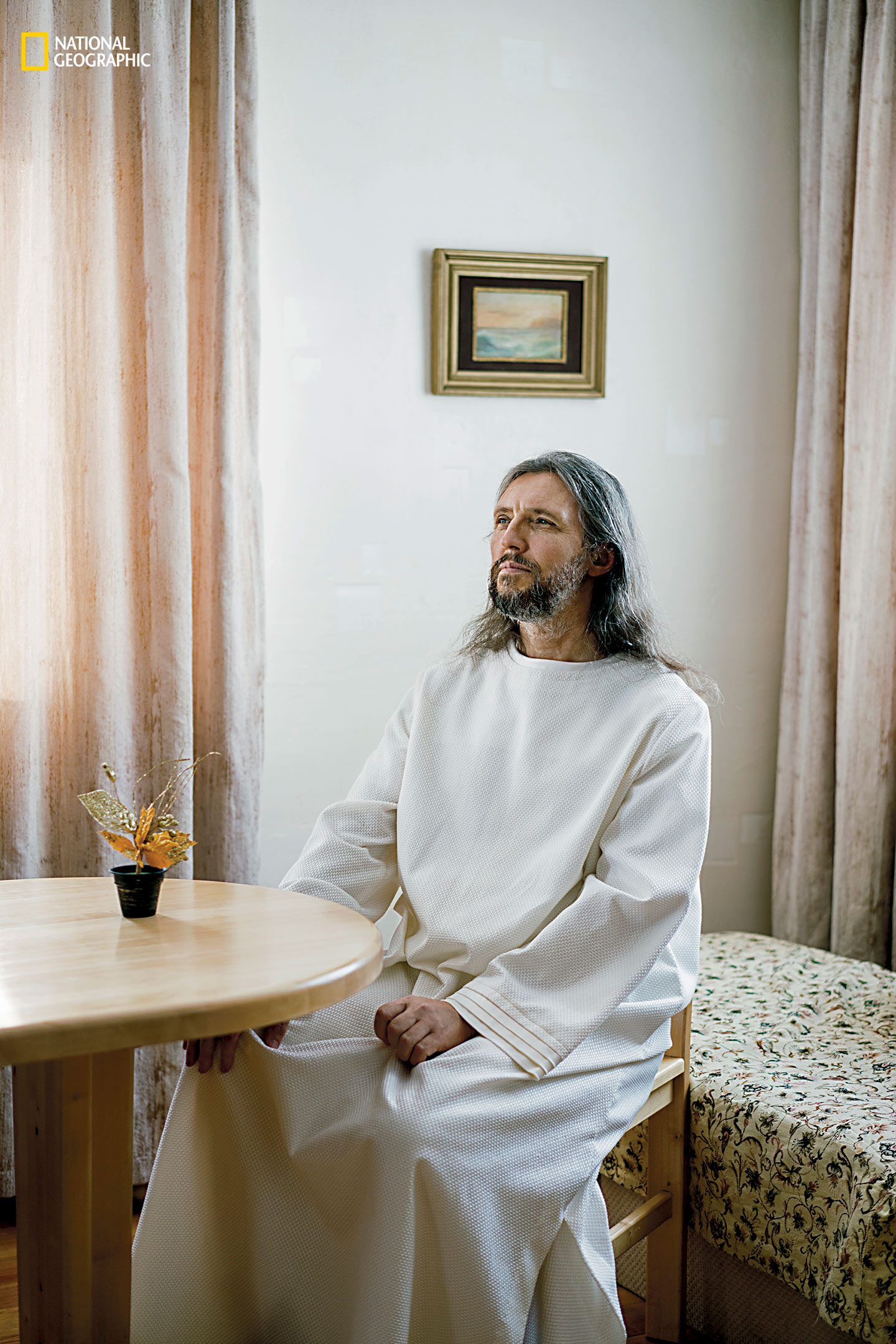
In an off-the-grid Russian village called Obitel Rassveta (“abode of dawn”), Vissarion (also known as The Christ of Siberia) sits in the living room of a disciple. Born Sergei Torop, he had a revelation around the time the Soviet Union collapsed that he was Jesus Christ reborn. Founder of the Church of the Last Testament, he now has at least 5,000 followers; many of them live with him in several utopian eco-villages in the Siberian woods. They’ve built their own schools, churches, and society. Vissarion’s proclamations have been published in 16 tomes titled The Last Testament. (Jonas Bendiksen/National Geographic/Magnum Photos)
jonas bendiksen
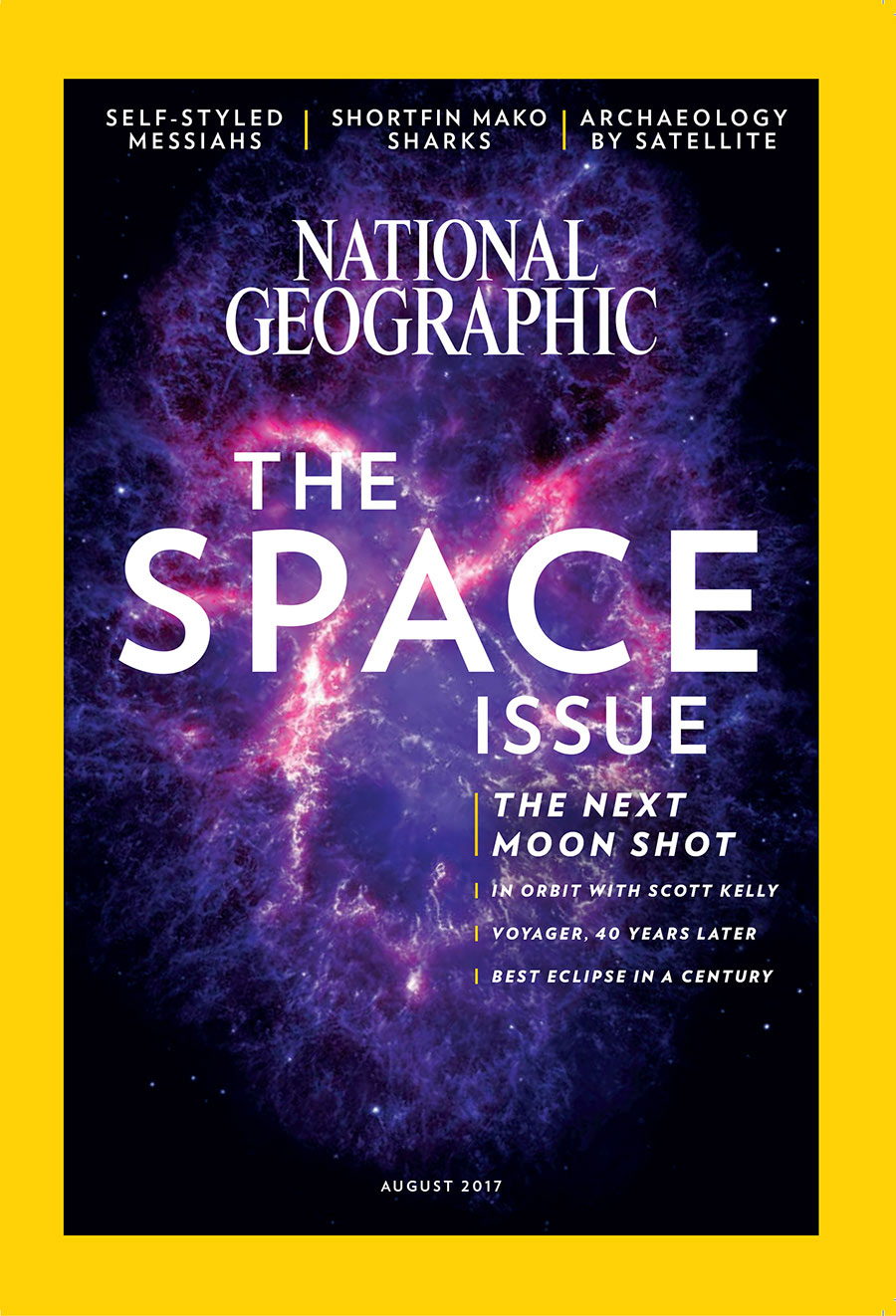
The images shown are featured in the August issue of National Geographic Magazine. (National Geographic)
This article was featured in the InsideHook newsletter. Sign up now.




